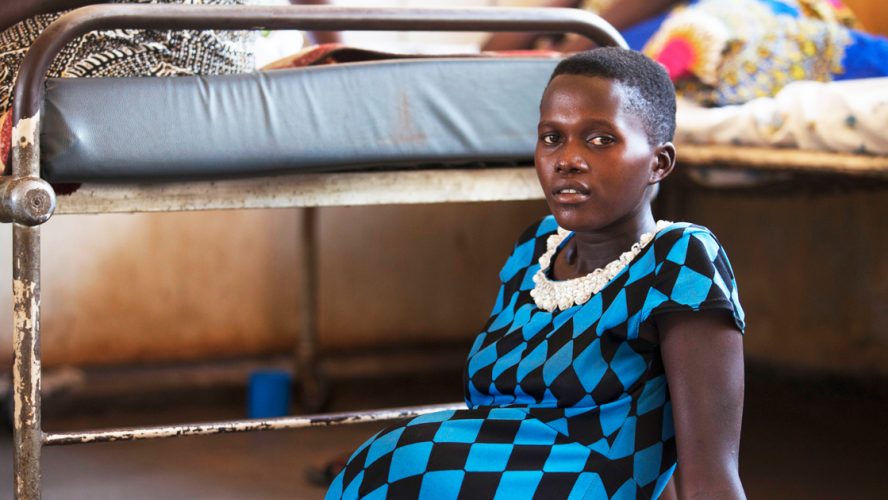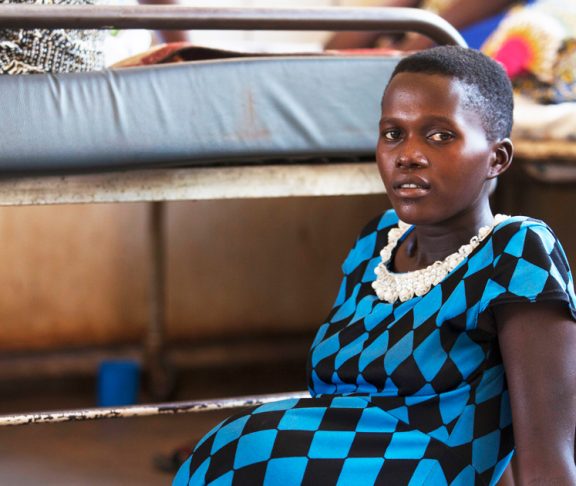How an innovative business model can help increase gender-inclusive data and research for the development of drugs and diagnostics.
The science that informs the prevention, diagnosis and treatment of disease has often failed to include women. The reason is simple: historically women just haven’t been studied as much as men.
Even if adequate numbers of women are enrolled in clinical trials, the extra steps of separating data by gender, and publishing that data, are not systematically pursued.
This results in a knowledge gap, making it difficult to understand whether medicines act differently in men and women.
Closing the gender knowledge gap in clinical development
The knowledge gap is even wider when it comes to pregnant and lactating women. During the clinical development of most new medicines, it is considered high-risk to test on women of childbearing age and pregnant women are actively excluded from trials.
This practice aims to protect mother and foetus, but it also prevents the generation of much needed data and hampers our understanding of how medicines interact with women’s bodies, including during pregnancy.
The delay in availability of medicines for pregnant and lactating women
Data to support the use of medicines specifically for pregnant women are often collected only after a product is first introduced to the market and its efficacy is fully established, in order to balance benefit with risk.
This delays the availability of medicines for pregnant and lactating women, and healthcare professionals are frequently asked to make treatment recommendations with little or no data to guide them.
The PDP model
The United States Congress is working to tackle this challenge with a dedicated task force, and so are other organisations, including non-profit product development partnerships (PDPs).
The PDP model, created to address the lack of market incentives for meeting the needs of neglected patients, is uniquely positioned to help increase much needed gender-inclusive medical data and research.
The model uses public and philanthropic funds to engage both academic institutions and companies in finding solutions they would be unwilling or unable to pursue on their own, without additional incentives.
PDPs have a history of success in areas where the traditional market has failed, such as poverty-linked diseases.
For example, Medicines for Malaria Venture (MMV) was established in 1999; when malaria was killing over 1 million people each year and the antimalarial pipeline was virtually empty due to lack of commercial incentive.
MMV and partners currently support 13 medicines that have saved over 2 million lives.
PDPs helping to fill the gender gap
Just as PDPs are filling the gap for neglected diseases, they are well placed to help fill the gender gap as well. The Drugs for Neglected Diseases Initiative (DNDi) invests in gender-sensitive research, capacity strengthening and facilitates the participation of women of childbearing age in clinical trials.
The Foundation for Innovative New Diagnostics (FIND) embeds gender dynamics at the start of the diagnostic R&D process and ensures appropriate use of diagnostics in the gendered contexts in which people first seek care.
TB Alliance enrols women in all its clinical trials to evaluate new treatments for tuberculosis and analyses findings for gender differences in treatment, which informs efforts to treat women with TB.
Finally, MMV is helping to improve access for pregnant women to malaria prevention and treatment medicines. It is generating data on existing medicines to inform their use during pregnancy, including through the establishment of pregnancy registries, and is developing approaches to safely expedite the development of new medicines for this population.
Shifting the mindset towards inclusive research and development
No one should be excluded from access to effective medicines and diagnostics.
In order to see real change, we must advocate for shifts in development that promote the inclusion of women in clinical studies safely, and as early as possible.
To address the gender gap in medical research, let’s ensure sustained public support for the innovative PDP model, which has already delivered over 27 new medicines and 24 diagnostic technologies in the last decade.

